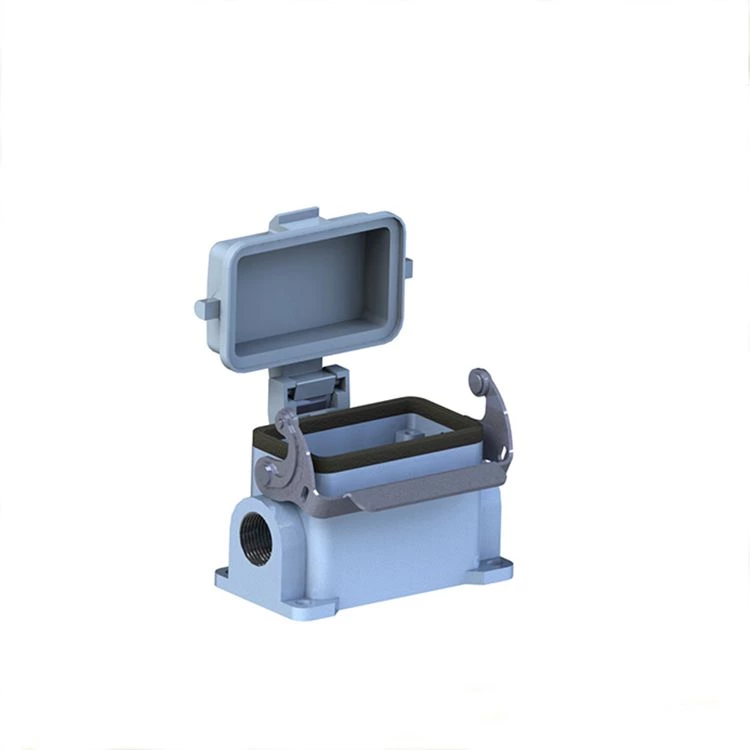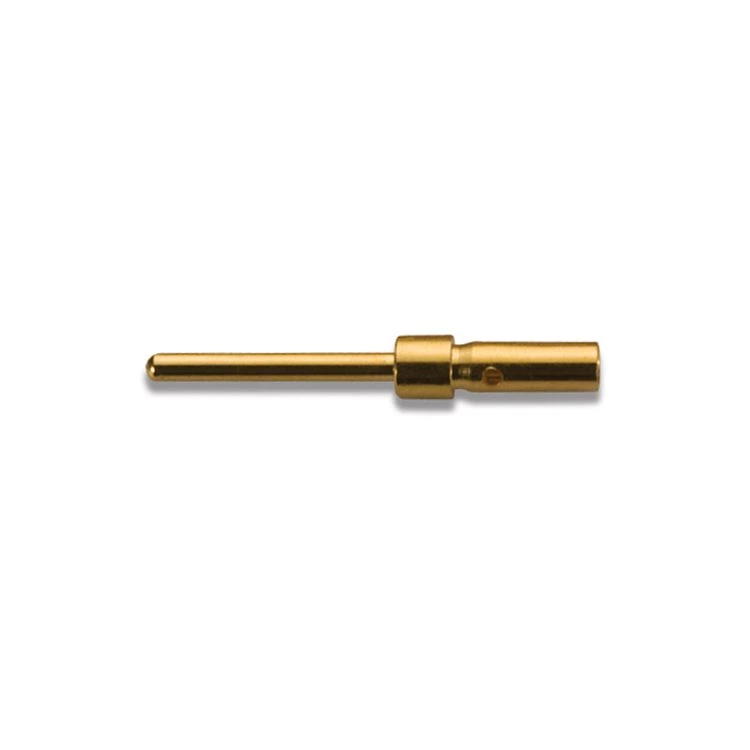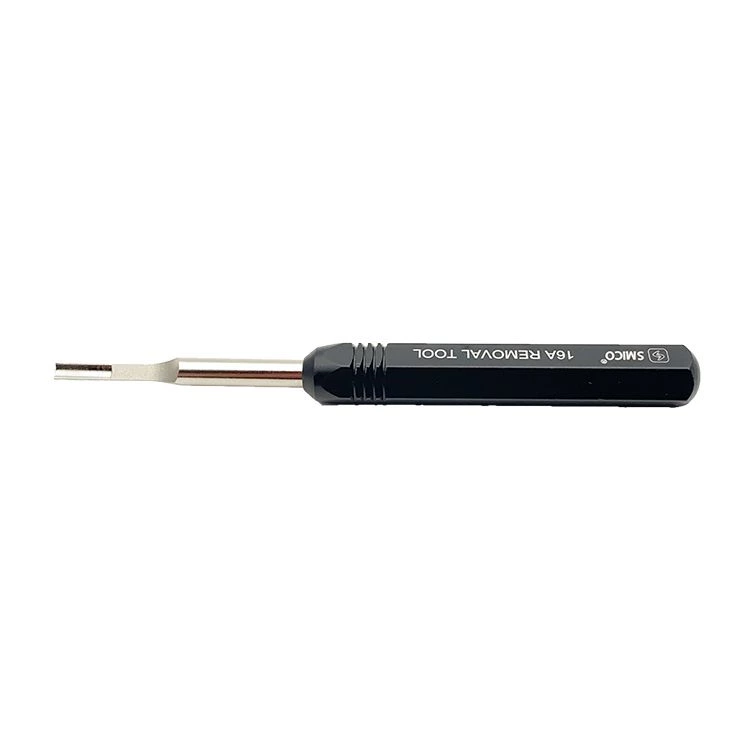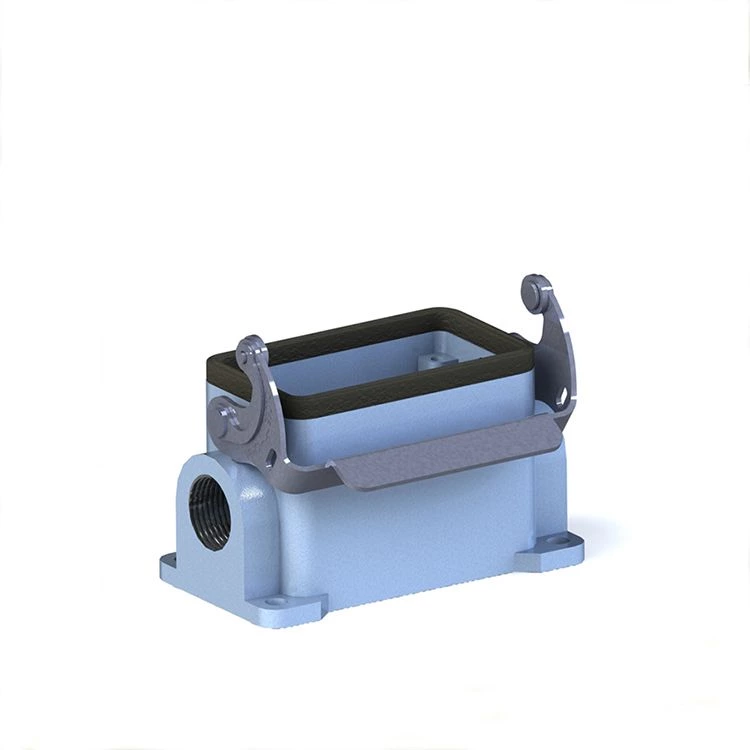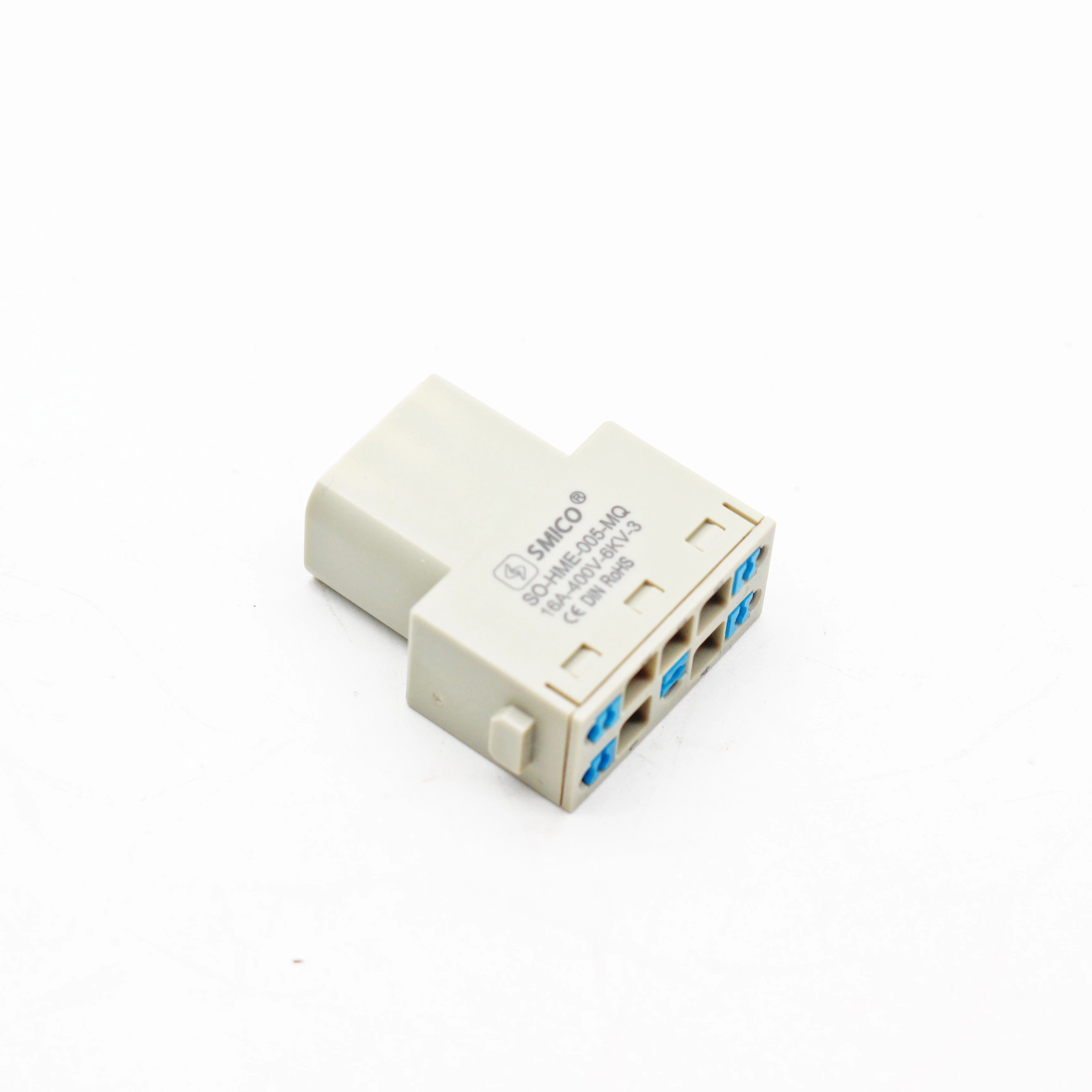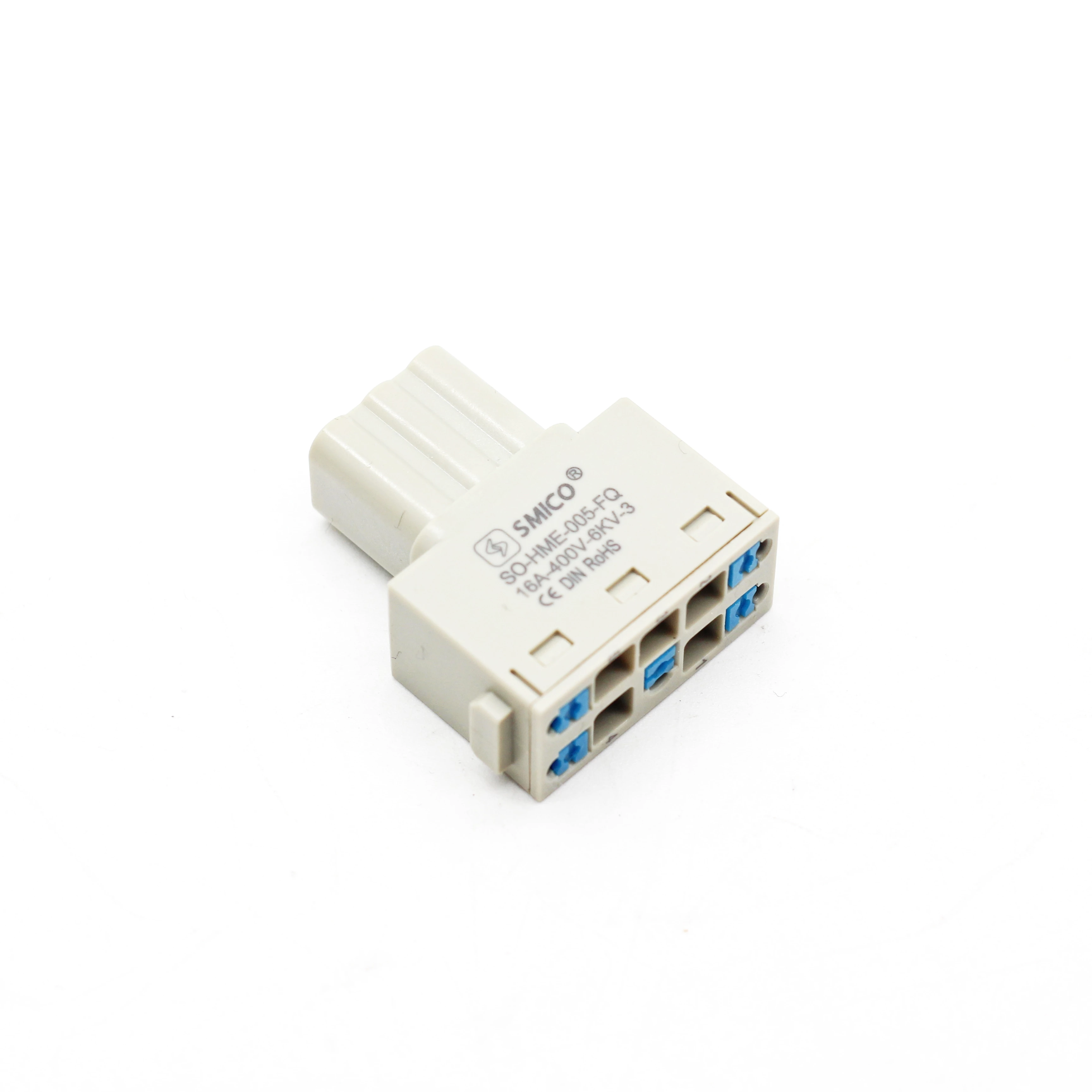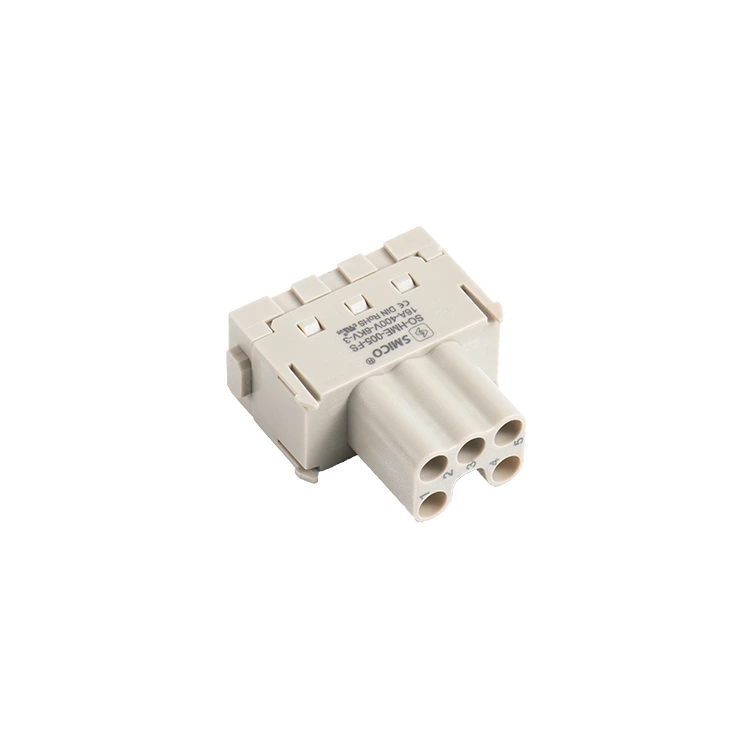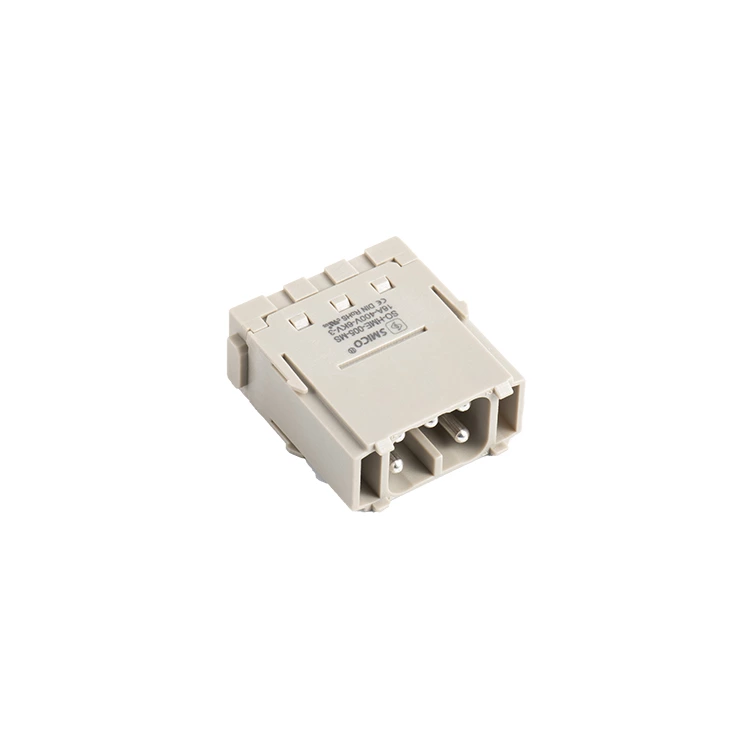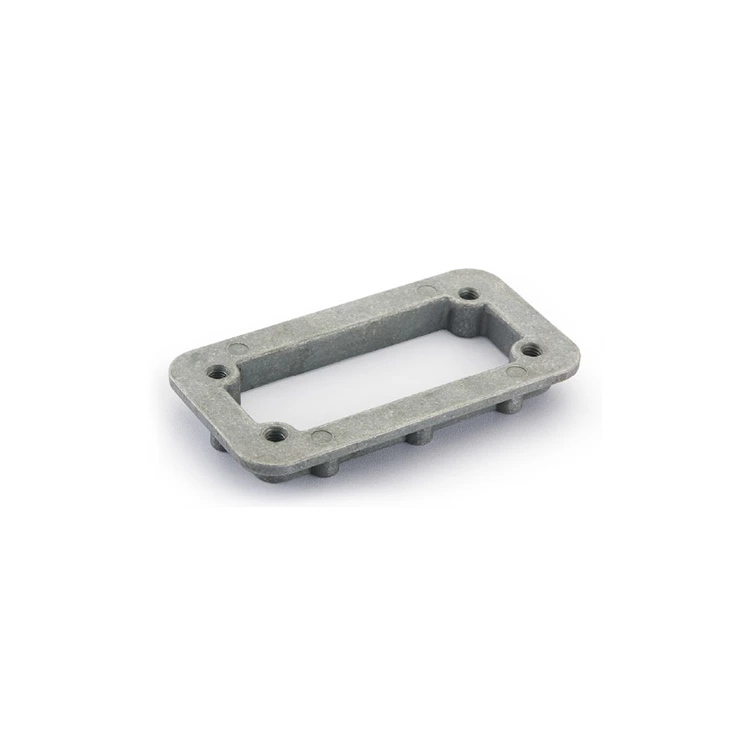Heavy Duty Connector Differences
(I) Application scenario focus
Mainly focuses on the connection of high-power and high-current equipment in the industrial field. For example, on heavy machinery such as large cranes in steel plants and mining equipment in mines, heavy duty industrial connector can meet their high-load power transmission needs. These devices usually work in relatively fixed places. Although they are also subject to vibration and impact, the environmental factors are mainly industrial pollutants such as dust and oil.
It is mainly used in the fields of aerospace, military and high-end electronic equipment with extremely high requirements for precision and reliability. For example, in satellite communication systems, heavy duty male female connector needs to ensure the stability of signal transmission in extreme environments such as high vacuum in space and micrometeoroid impact. These application scenarios often have certain requirements for the miniaturization and lightweight of equipment, because in aerospace and military equipment, reducing the weight of equipment can effectively reduce energy consumption and improve mobility.
(II) Performance index focus
More emphasis is placed on high current carrying capacity and mechanical strength. In order to carry large currents, its pins and conductive paths are designed to be relatively thick, and there are good heat dissipation measures at the contact points. In terms of mechanical strength, it can withstand strong external forces during the operation of industrial equipment, such as the impact force of large punching machines and the pulling force generated by the lifting weight of cranes.
The outstanding performance is high-precision and high-frequency signal transmission. The dimensional accuracy and surface roughness of its contact parts are extremely high to ensure low loss and low reflection during high-frequency signal transmission. For example, in radar systems, the performance of heavy duty multi pin connectors directly affects the transmission and reception quality of radar signals. At the same time, there are higher requirements for environmental adaptability and anti-electromagnetic interference capabilities to cope with complex electromagnetic environments and harsh natural environments.
(III) Design and manufacturing complexity
The design is relatively simple, focusing on how to achieve high current transmission and stable mechanical connection. Its manufacturing process mainly focuses on ensuring good conductivity of pins and sockets, strength and durability of mechanical parts. For example, in the manufacturing process, the electroplating process of the pins is required to effectively reduce the contact resistance, and the casting or injection molding process of the shell is required to ensure sufficient mechanical strength.
The design is very complex and many factors need to be considered. In addition to electrical performance and mechanical connection, miniaturization, lightweight, radiation resistance, corrosion resistance and other performance requirements must also be considered. Its manufacturing process involves high-precision machining, molding and processing of special materials, complex surface coating processes, etc. For example, when manufacturing heavy connector contacts, it is necessary to use precision EDM or CNC machining and other processes to ensure dimensional accuracy, and it must undergo strict surface treatment to improve corrosion and wear resistance.
(IV) Cost difference
Generally, the cost is relatively low. This is because its material requirements mainly focus on conventional materials with high conductivity and high mechanical strength, and the manufacturing process is relatively simple. In large-scale industrial applications, heavy duty cable connectors can reduce costs through standardized production. For example, in ordinary industrial automation production lines, the price of heavy power connector is relatively affordable and can meet the cost control requirements of enterprises.
The cost is high. Because it is used in high-end fields, it has extremely high requirements for materials, precision and performance, and involves many complex processes and strict quality control links in the manufacturing process. For example, the heavy duty wire connectors used in aerospace requires high-quality aerospace materials, such as special aluminum alloys, high-performance composite materials, etc. These materials are expensive, coupled with high-precision processing and rigorous testing costs, which makes the price of aviation plugs and sockets high.
